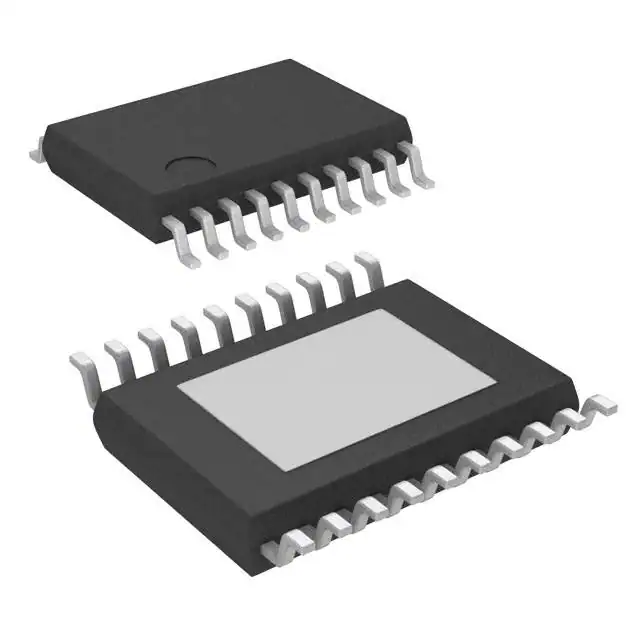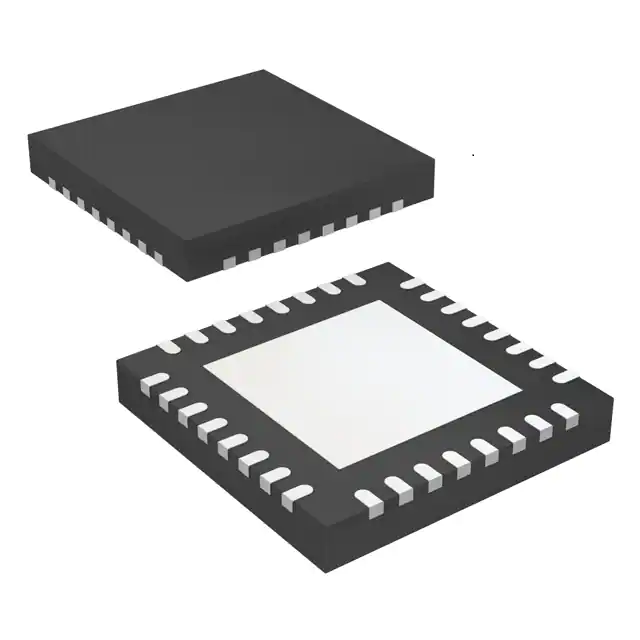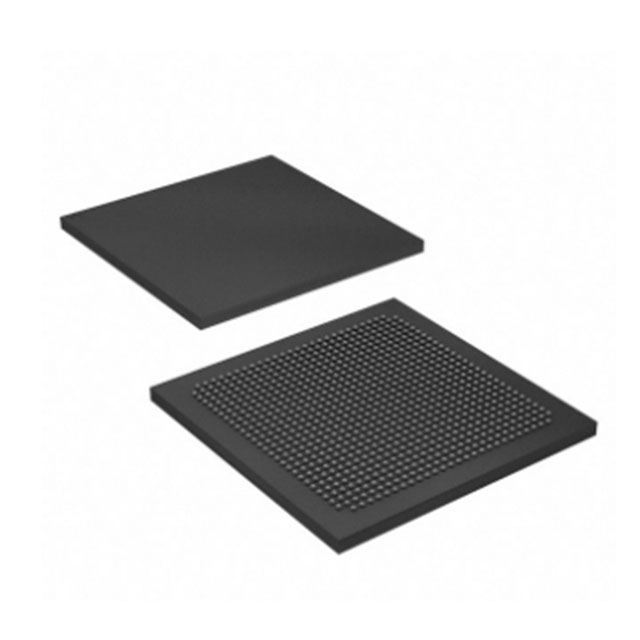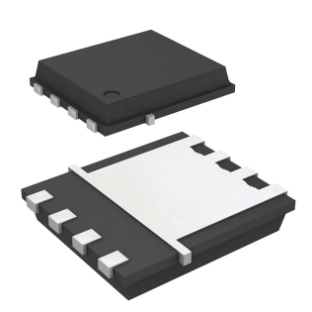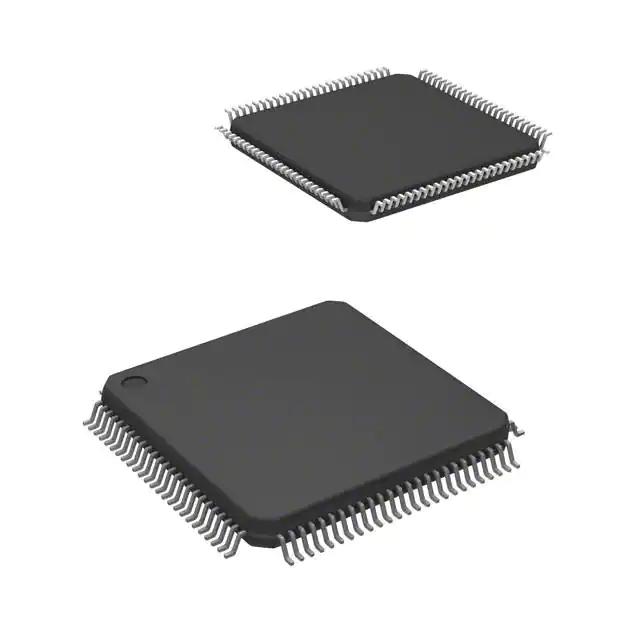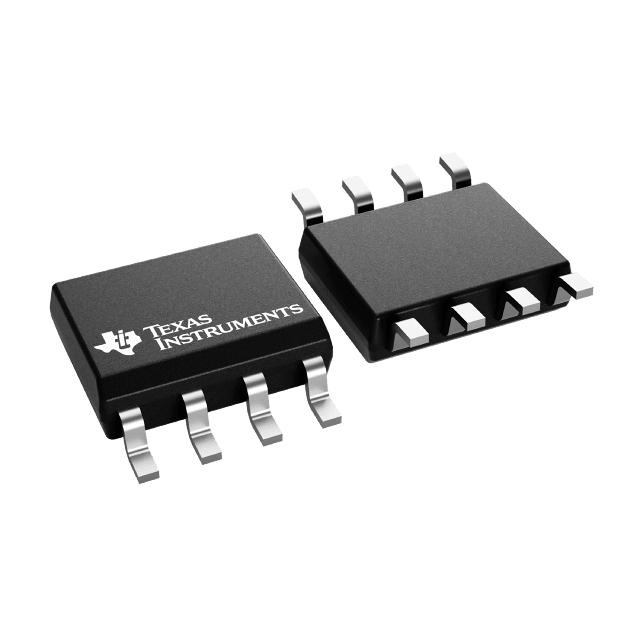XC7A35T-1FGG484C 484-FBGA (23×23) integrated circuit IC FPGA 250 I/O 484FBGA Stock Original Electronic Component
Product Attributes
| TYPE | DESCRIPTION |
| Category | Integrated Circuits (ICs)Embedded |
| Mfr | AMD Xilinx |
| Series | Artix-7 |
| Package | Tray |
| Standard Package | 60 |
| Product Status | Active |
| Number of LABs/CLBs | 2600 |
| Number of Logic Elements/Cells | 33280 |
| Total RAM Bits | 1843200 |
| Number of I/O | 250 |
| Voltage – Supply | 0.95V ~ 1.05V |
| Mounting Type | Surface Mount |
| Operating Temperature | 0°C ~ 85°C (TJ) |
| Package / Case | 484-BBGA |
| Supplier Device Package | 484-FBGA (23×23) |
| Base Product Number | XC7A35 |
What is the future of FPGAs after the acquisition by AMD?
One of the heaviest announcements in the semiconductor world during the 2020 epidemic was the acquisition of Xilinx by AMD, which followed Intel’s acquisition of Altera, and the acquisition of another FPGA company by another CPU company in the market (the FPGA market landscape is much the same as the CPU market, with the two companies splitting over 90% of the market share).
Why do CPUs favor FPGAs so much?
This is closely related to the evolution of computing architectures. When high-performance and high-efficiency computing becomes more and more important, the heterogeneous computing architecture of CPU + FPGA two general-purpose computing platforms can very well fuse the advantages of serial computing and parallel computing, this part can refer to the analysis of the author when the two sides of the deal were concluded.
As the fourth CEO of Xilinx, Victor Peng, who has been in office for more than three years, faced the Chinese media for the first time after the deal, in addition to summarising his achievements in the past three years, he also focused on his vision for the combined company: “The merger with AMD will provide us with a larger platform to help us empower more innovative talents and innovative start-ups. The merger with AMD will provide us with a larger platform that will help us empower more innovative talent and innovative start-ups”.
As the world’s first FPGA company and the first Fabless company, Xilinx has led many revolutions in the field of semiconductors and computing. If the formal integration is completed by the end of 2021, as previously planned in the transaction, then the history of Xilinx will be set at 37 years old. Looking back at the track record of the four CEOs of Xilinx over the past 37 years, it is easy to see that the people at the helm at each stage have perfectly blended their characteristics with the development of the company.
- Jim Barnett, the first CEO and co-founder of the company, together with Ross Freeman, the inventor of FPGAs, successfully nurtured the seeds of Celeris with their original Fabless model;
- Wim Roelandts, the second CEO, brought a wealth of industry experience that allowed FPGAs to quickly take root in diverse markets such as consumer, automotive, industrial, and defense, and expanded the company’s performance fivefold in about a decade;
- The previous CEO, Moshe Gavrielov, a veteran of the EDA field, spent his tenure pushing the software nation of FPGA tools and the software nation of FPGA architectures, and it is arguably at this critical point in the embrace of the software era that Celeris was able to gradually leave behind its old rival Altera in terms of market share.
- Unlike the previous two CEOs, Victor Peng joined Celeris from an executive position at another company, but before becoming CEO, he had 10 years of experience in multiple positions at Celeris, starting as Senior Vice President of Technology and then as COO of the company before taking over the CEO position. That’s why, upon his arrival, he shifted Xilinx’ strategy from broad-based to focused – a “data center-first strategy, accelerating growth in core markets and driving an agile and adaptive computing strategy” to focus Xilinx’ product and technology resources to By fully leveraging the architectural advantages of FPGAs in parallel computing and computational efficiency, we can keep up with the two fast-growing markets of data centers and AI and capture the dividends of the first market entrants.
- In particular, as a veteran hardware R&D team leader, Xilinx was able to return to the era of highlighting hard-core advantages after fully software-enabled FPGAs, with the introduction of the groundbreaking Versel ACAP product led by Victor, which respects the need for future-oriented high-performance and especially efficient AI computing applications, while fully maintaining the software flexibility of FPGA development. AI computing applications. You may call it a bit “unconventional” or “rebellious” as an FPGA, but you cannot deny that it is the most appropriate “evolution” of a computationally efficient and easy-to-use programmable device for future high-performance AI inference applications. “.








